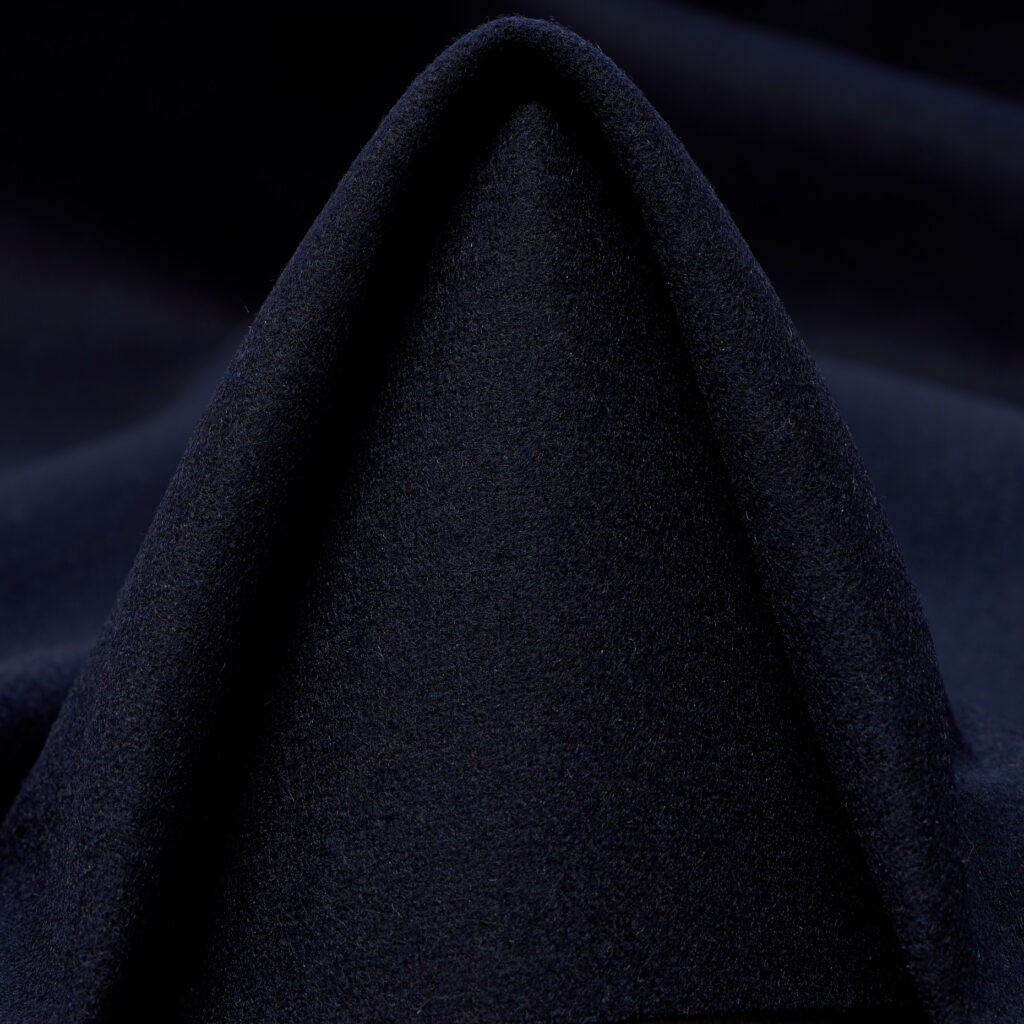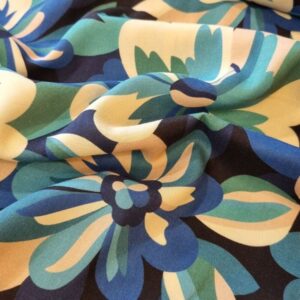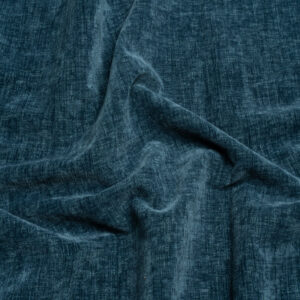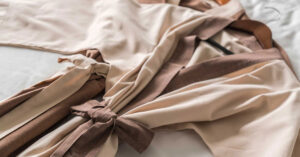Can You Mix Wool and Flannel? A Comprehensive Guide to Fabric Compatibility
Introduction
Fabric compatibility is crucial in fashion and sewing, influencing the look, feel, and longevity of garments and home decor items. Wool and flannel are popular materials, each with unique properties. This article will explore whether these fabrics can be blended effectively, analyzing their compatibility and offering practical tips for sewing and styling.
Compatibility Analysis
YES, wool and flannel can be mixed, but it requires careful consideration of their properties. Wool is a natural fiber known for its warmth and durability, while flannel is typically a cotton or wool blend, known for its softness and warmth. The key to successful blending lies in their texture, weight, and care requirements.
Key Factors:
- Texture: Wool has a coarse texture, while flannel is softer. When combined, they can create a rich, tactile experience.
- Weight: Both materials are generally medium to heavy, making them suitable for layering.
- Stretch: Wool has natural elasticity, whereas flannel is less stretchy. This can affect the drape and fit.
- Care Requirements: Wool often requires gentle washing or dry cleaning, while flannel can usually be machine washed. Careful attention to washing instructions is necessary to avoid damage.
- Durability: Wool is highly durable, and when paired with flannel, the resulting fabric blend can be robust and long-lasting.
Fabric Properties Comparison Table
| Property | Wool | Flannel |
|---|---|---|
| Fiber Content | Natural | Natural or blend |
| Weight and Thickness | Medium to heavy | Medium |
| Breathability | Good | Moderate |
| Moisture-Wicking | Excellent | Moderate |
| Stretch and Elasticity | High | Low |
| Wrinkle Resistance | High | Moderate |
| Care Instructions | Dry clean or hand wash | Machine wash or hand wash |
| Durability | High | Moderate to high |
Benefits of Mixing These Fabrics
- Enhanced Texture and Visual Interest: Combining the coarseness of wool with the softness of flannel adds depth and intrigue to garments.
- Improved Comfort and Performance: The blend offers warmth and breathability, ideal for cold-weather wear.
- Better Drape and Movement: Wool’s elasticity complements flannel’s structure, resulting in a pleasing drape.
- Cost-Effectiveness: Using flannel can reduce costs compared to all-wool garments.
- Seasonal Versatility: The blend is suitable for various climates, offering warmth without excessive weight.
- Design Possibilities: Mixing these fabrics allows for creative designs in both fashion and home decor.
Potential Challenges
- Different Shrinkage Rates: Wool tends to shrink more than flannel, requiring pre-washing and careful handling.
- Conflicting Care Requirements: Balancing wool’s need for gentle care with flannel’s machine washability can be tricky.
- Texture Clash or Pilling: Wool’s coarseness may cause pilling on flannel. Regular de-pilling can help.
- Seam Puckering: Differences in stretch can cause puckering; using appropriate stitches can mitigate this.
- Color Bleeding or Fading: Test for colorfastness before washing mixed fabrics together.
Sewing & Styling Tips
- Sewing Techniques: Use a walking foot to manage different fabric thicknesses.
- Needle and Thread: Choose a universal needle size 80/12 and polyester thread for strength.
- Interfacing and Stabilizer: Use lightweight interfacing to support seams and hems.
- Seam Finishing: Opt for French seams or serging to prevent fraying.
- Pattern Selection: Choose patterns with simple lines to showcase the fabric blend.
- Styling Ideas: Pair a wool-flannel coat with jeans for a casual look, or use the blend for cozy home accessories like throws and pillows.
Care & Maintenance Guide
- Washing Instructions: Use cold water and a gentle cycle for the blend, or hand wash.
- Drying Recommendations: Lay flat to dry to maintain shape and prevent shrinkage.
- Ironing and Steaming Tips: Use a low setting with steam to remove wrinkles.
- Stain Removal: Treat stains promptly with mild soap and water.
- Long-Term Care: Store in a cool, dry place to prevent moth damage and maintain fabric integrity.
FAQ Section
-
Can you wash wool and flannel together?
Yes, but use cold water and a gentle cycle to prevent shrinkage and damage. -
Will wool shrink more than flannel?
Typically, yes. Pre-wash wool to minimize shrinkage before combining. -
What needle size should I use for sewing these fabrics together?
A universal size 80/12 needle works well for both fabrics. -
Can you mix wool and flannel in one garment?
Absolutely, but consider the care requirements and fabric behavior. -
How do you prevent texture issues when combining these fabrics?
Regular de-pilling and using interfacing can help manage texture differences. -
Is it okay to mix wool and flannel for upholstery?
Yes, but ensure both fabrics are robust enough for the intended use. -
What’s the best way to finish seams with these fabrics?
French seams or serging provide a neat finish and prevent fraying.
By understanding the properties and care requirements of wool and flannel, you can create beautiful, durable garments and home decor items that combine the best of both materials.




Leave a Reply